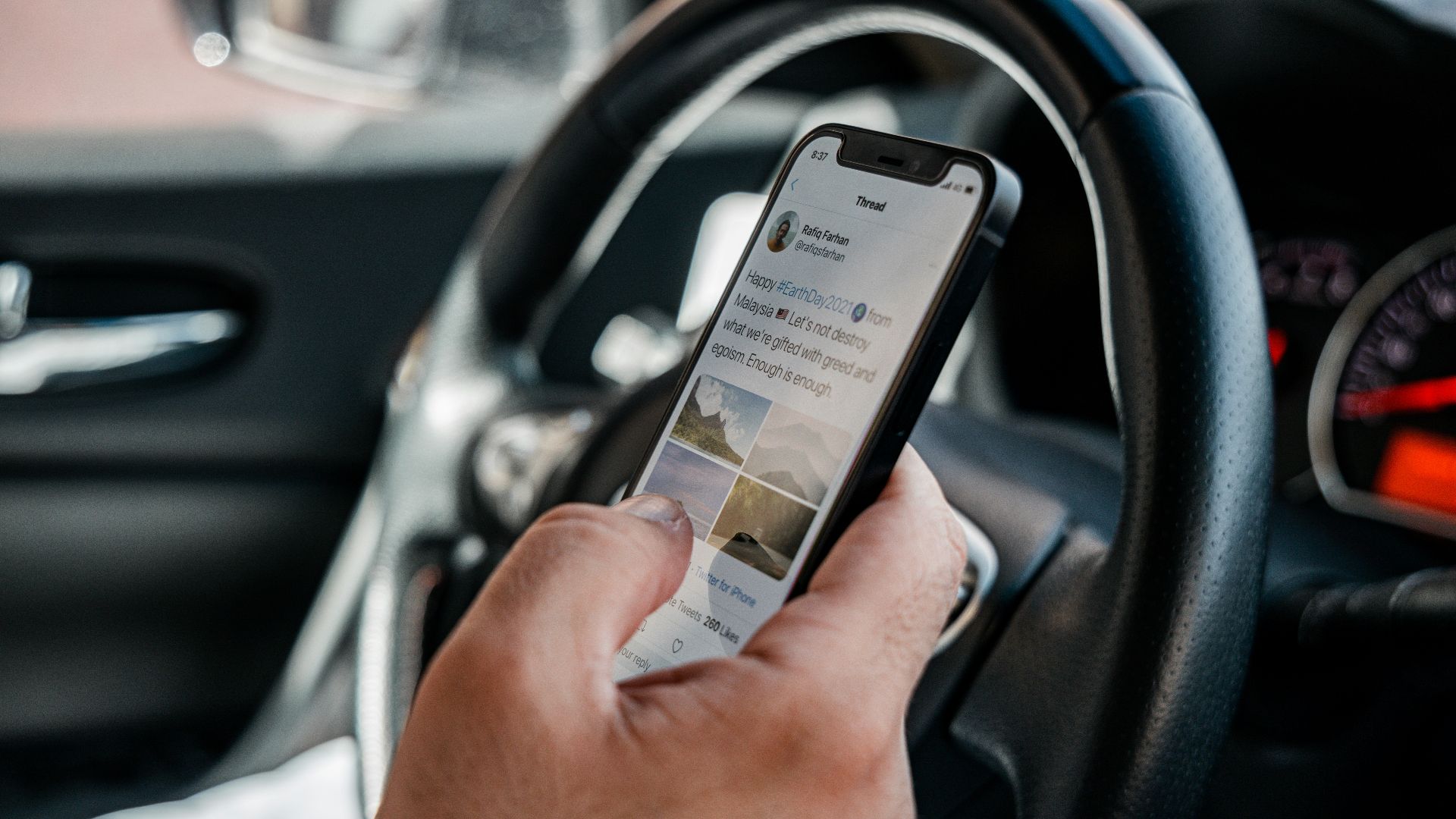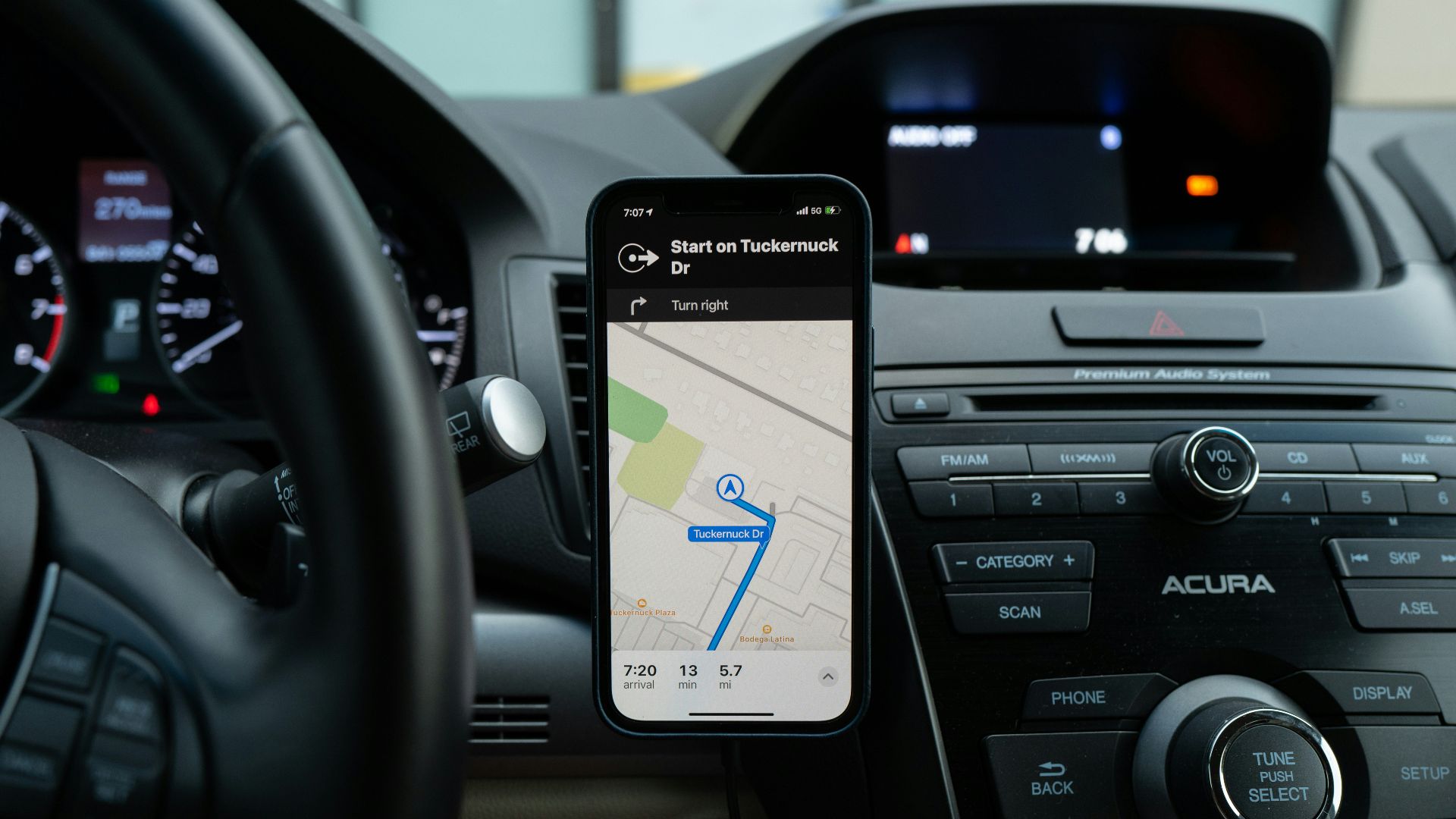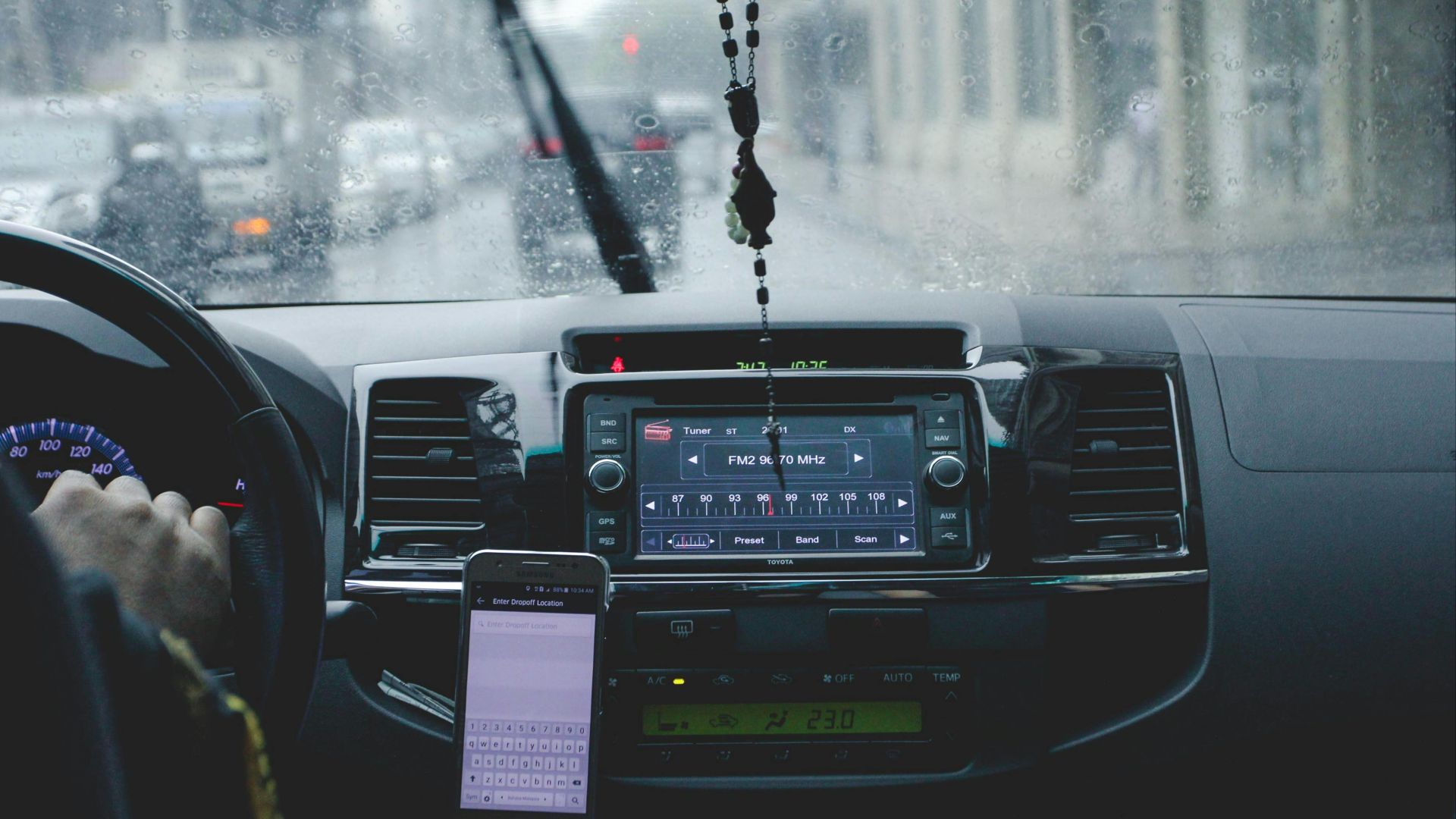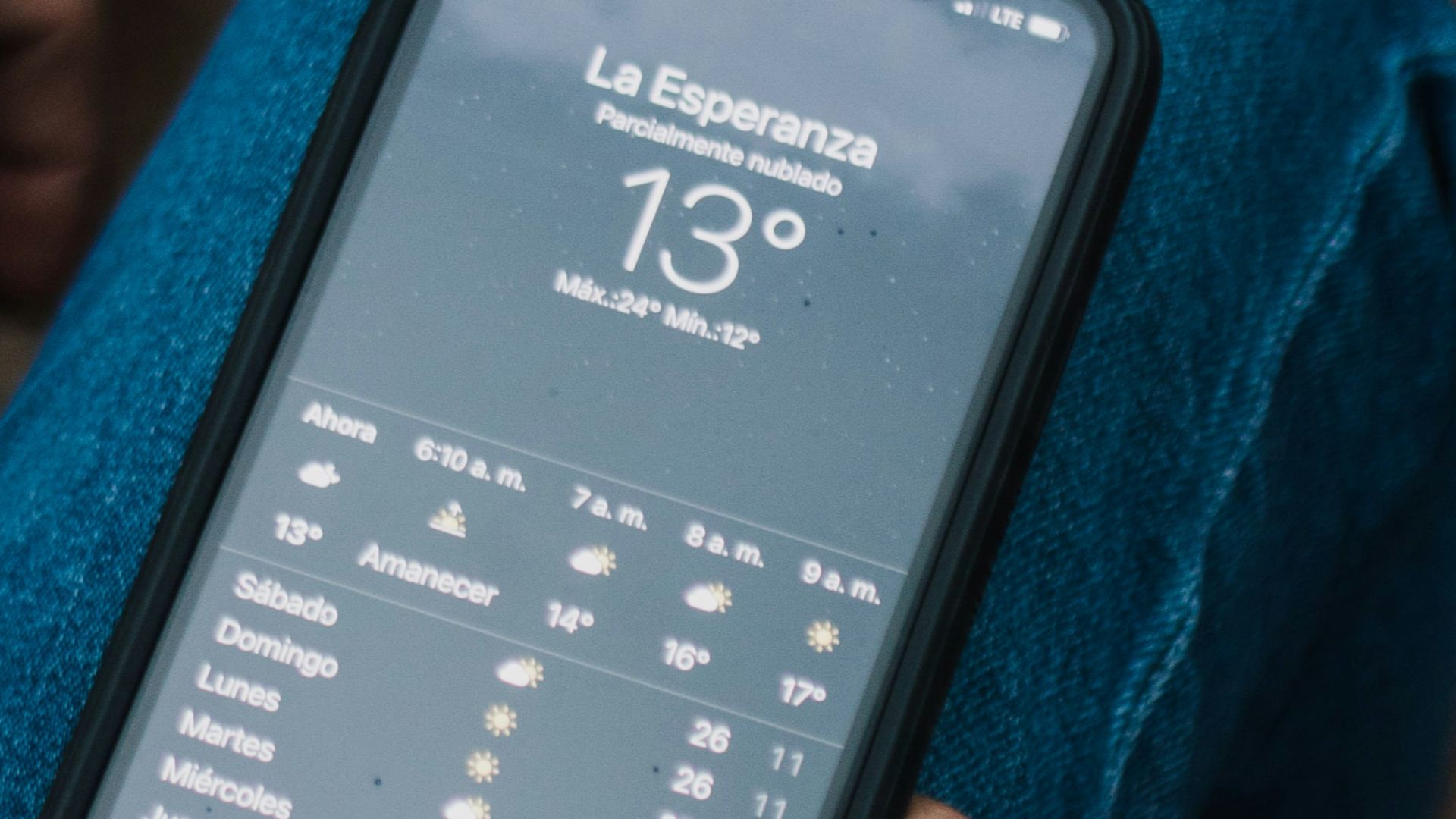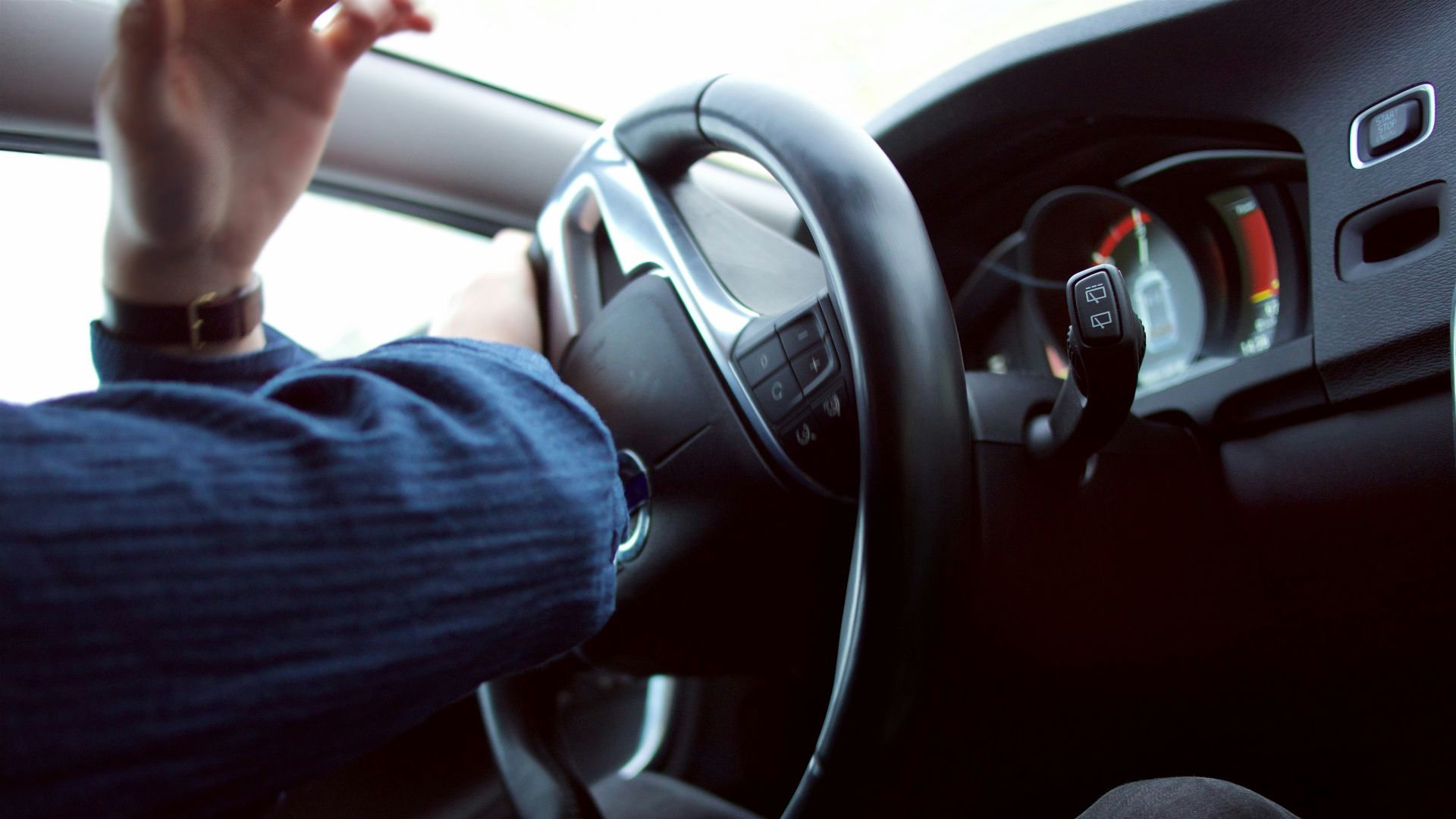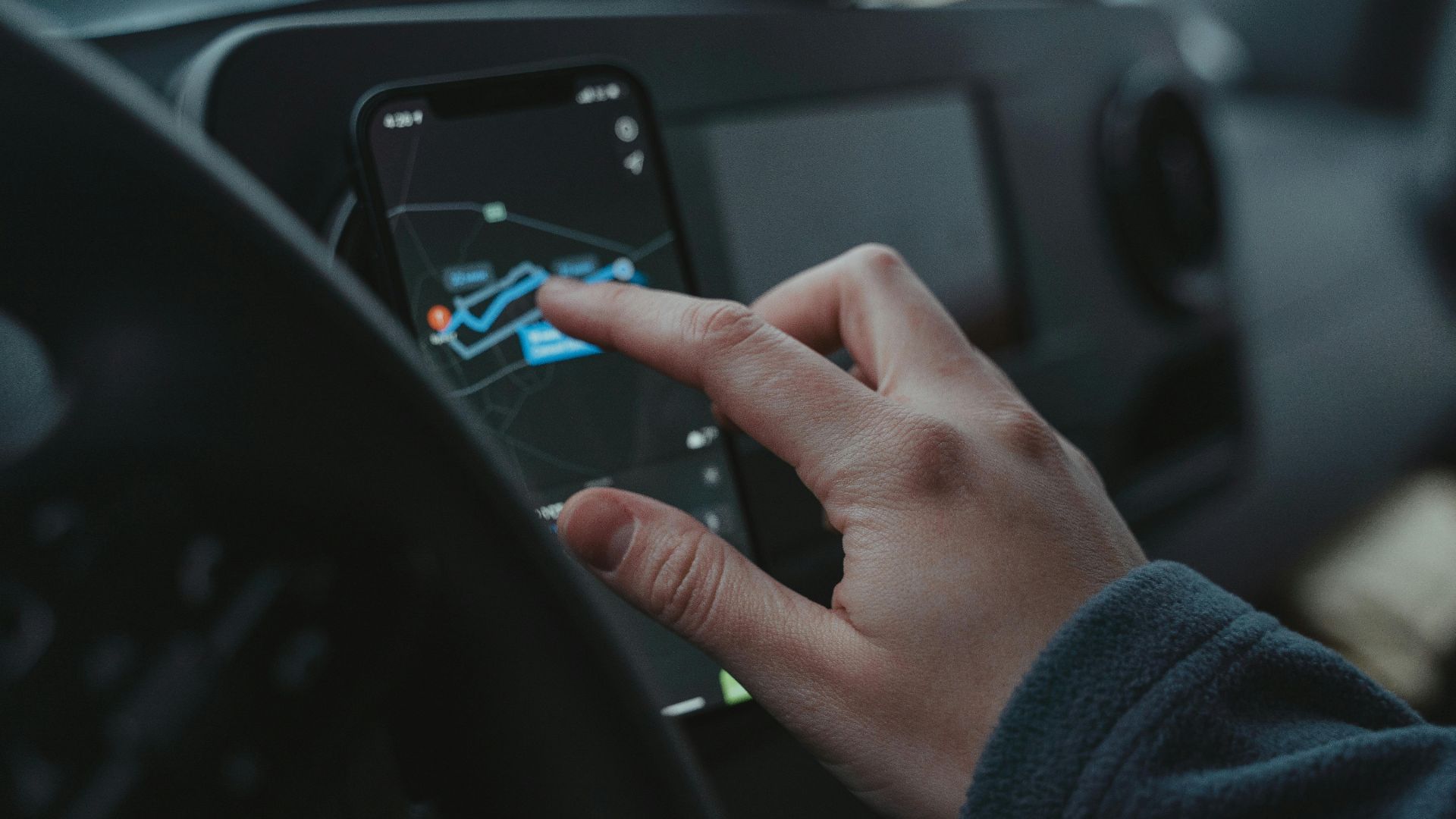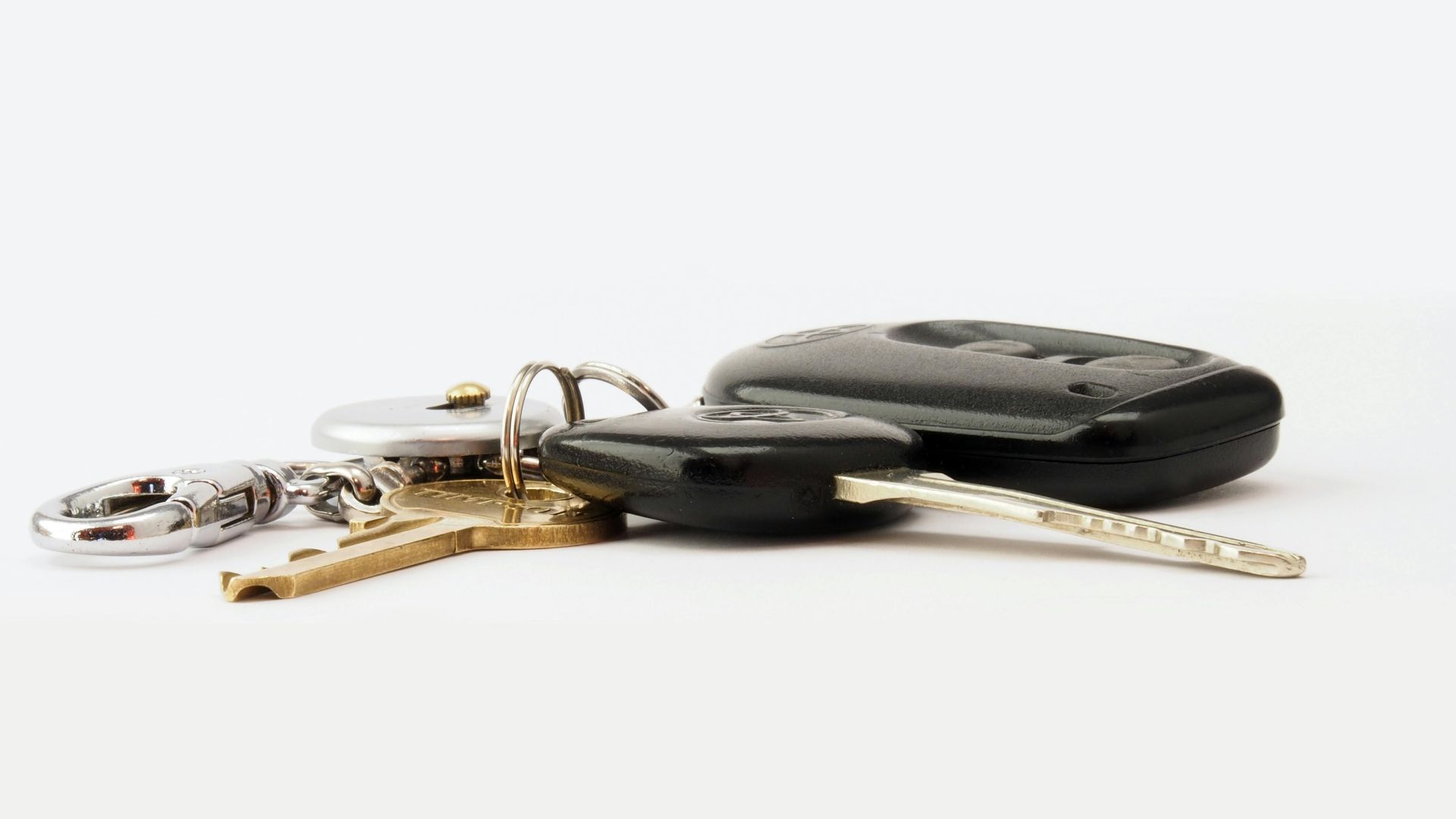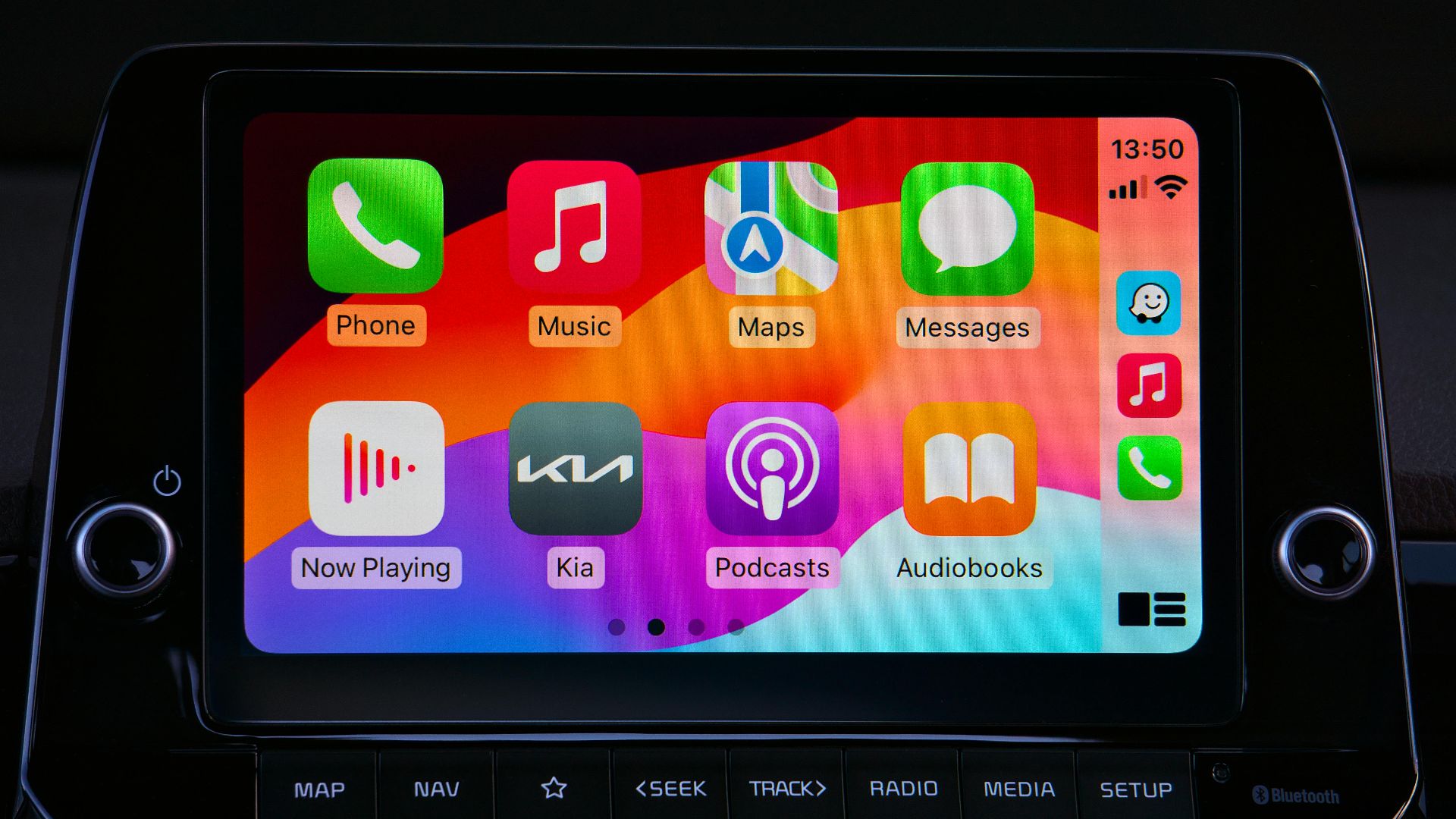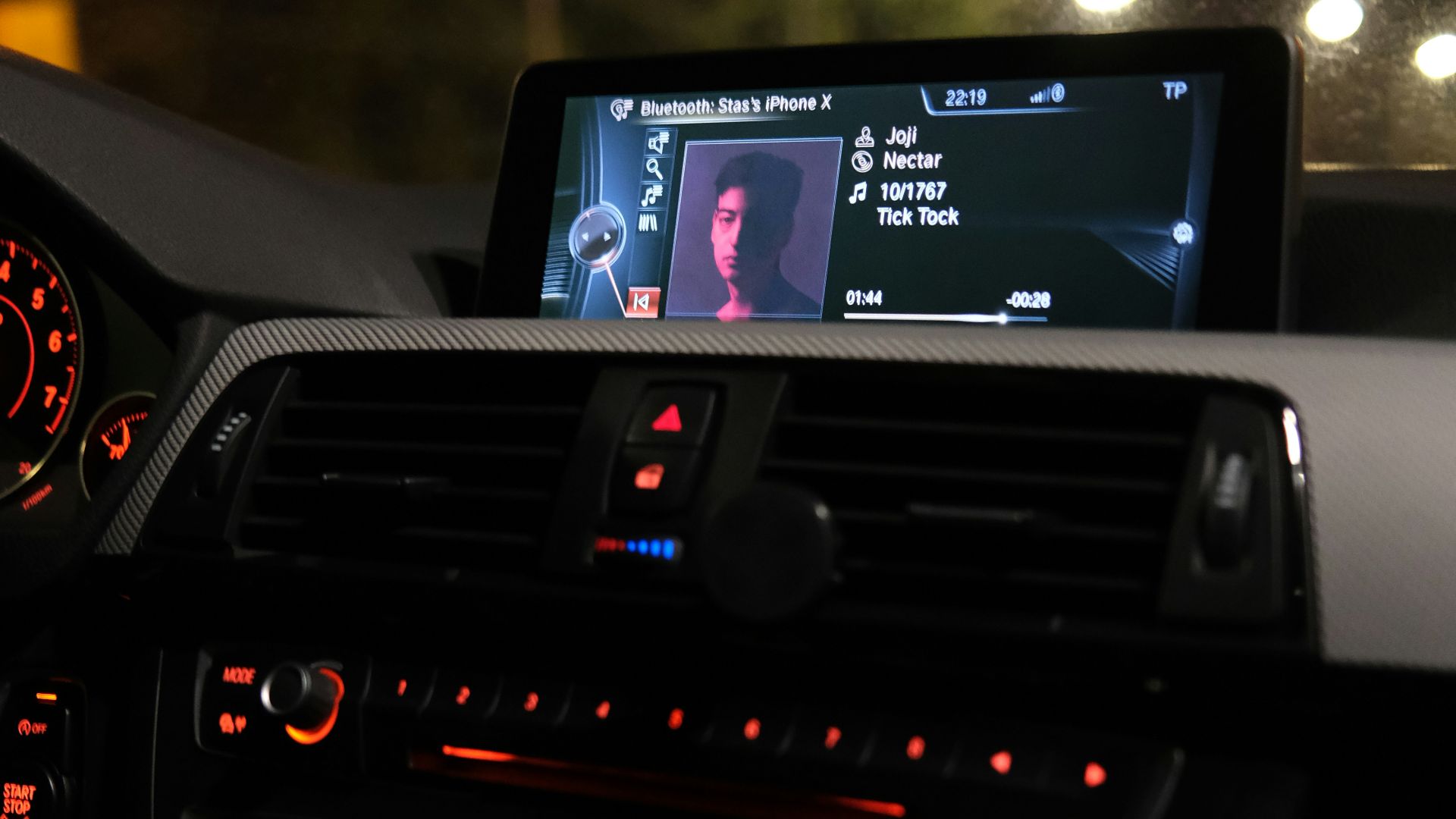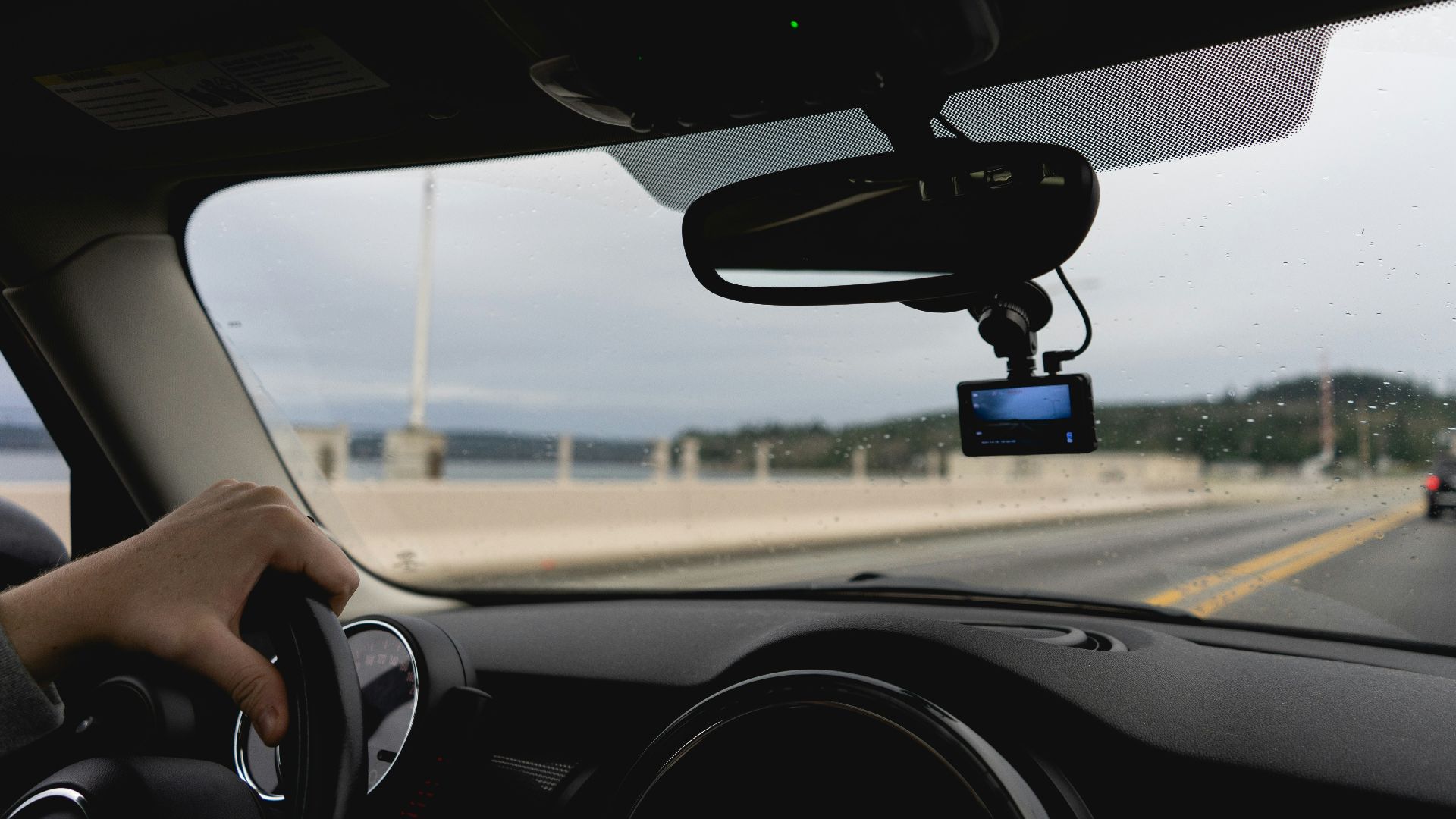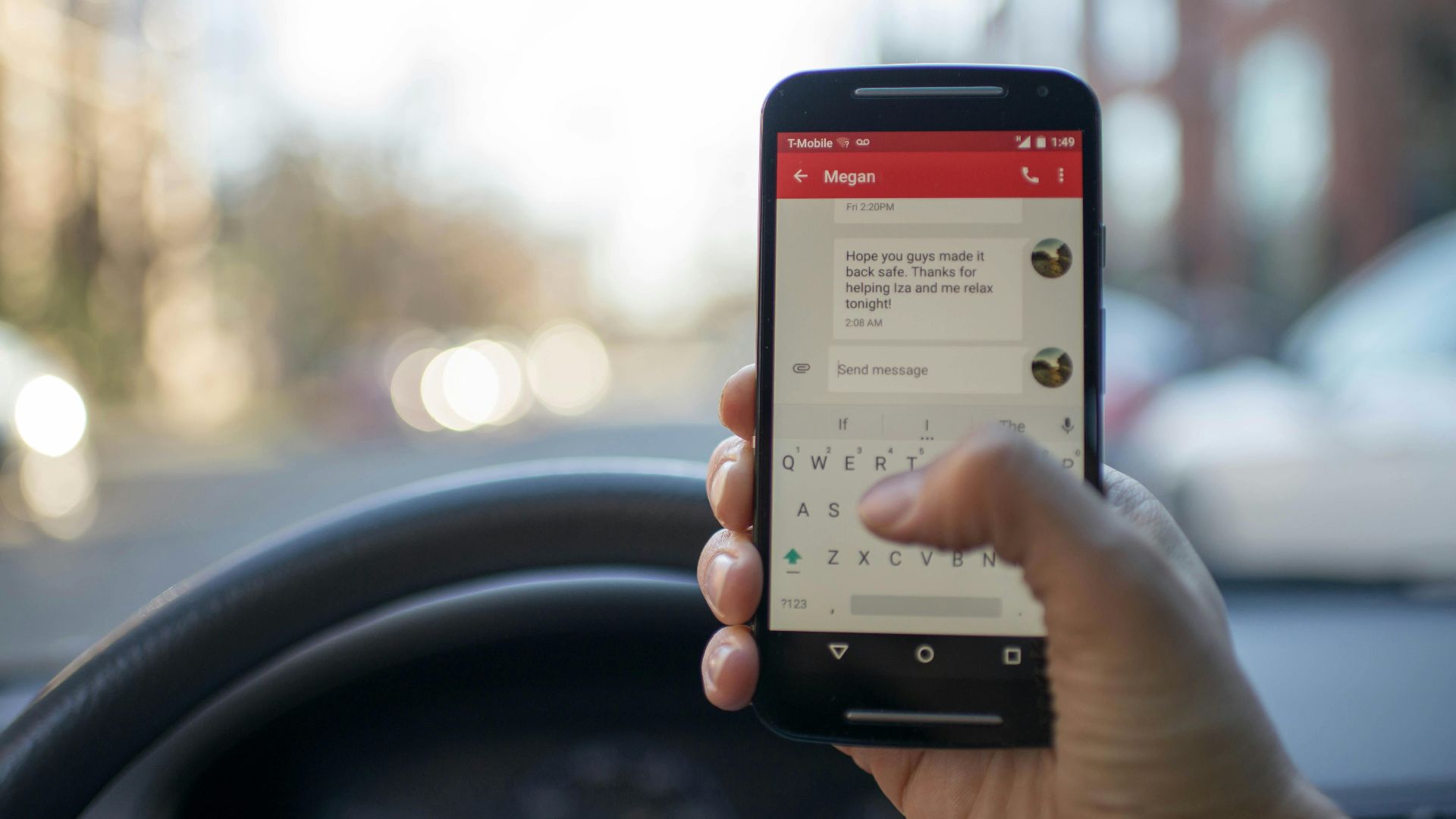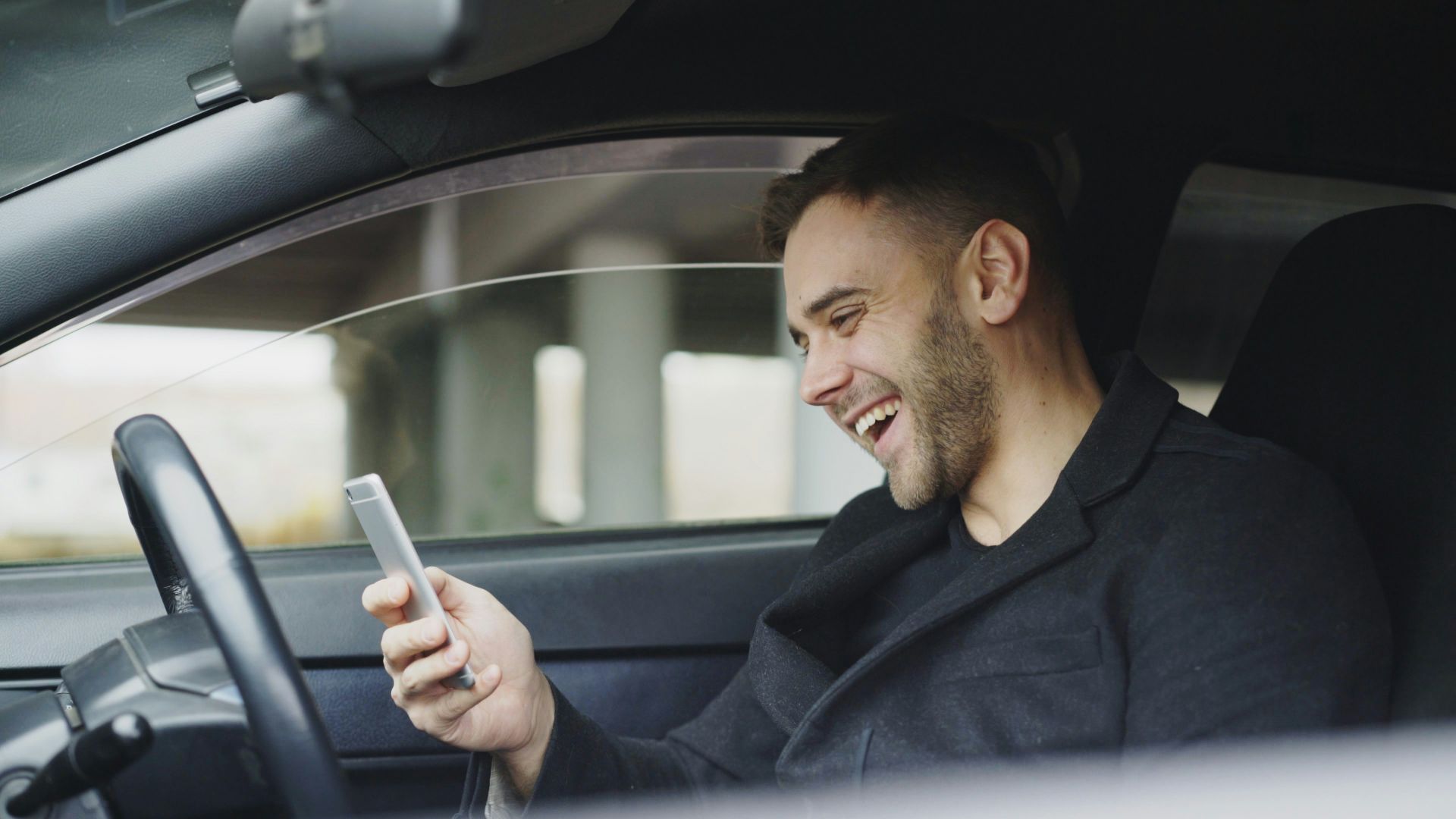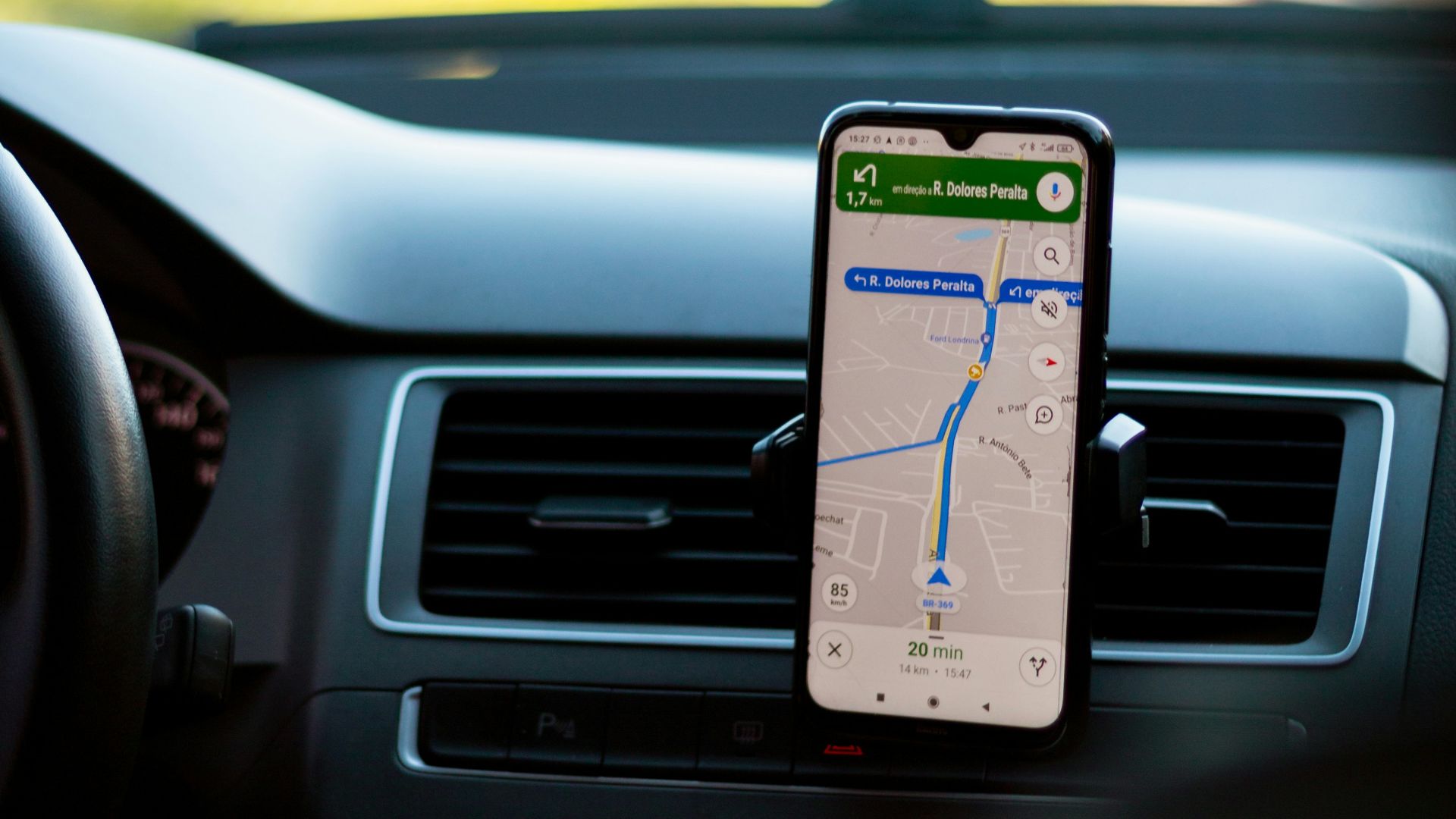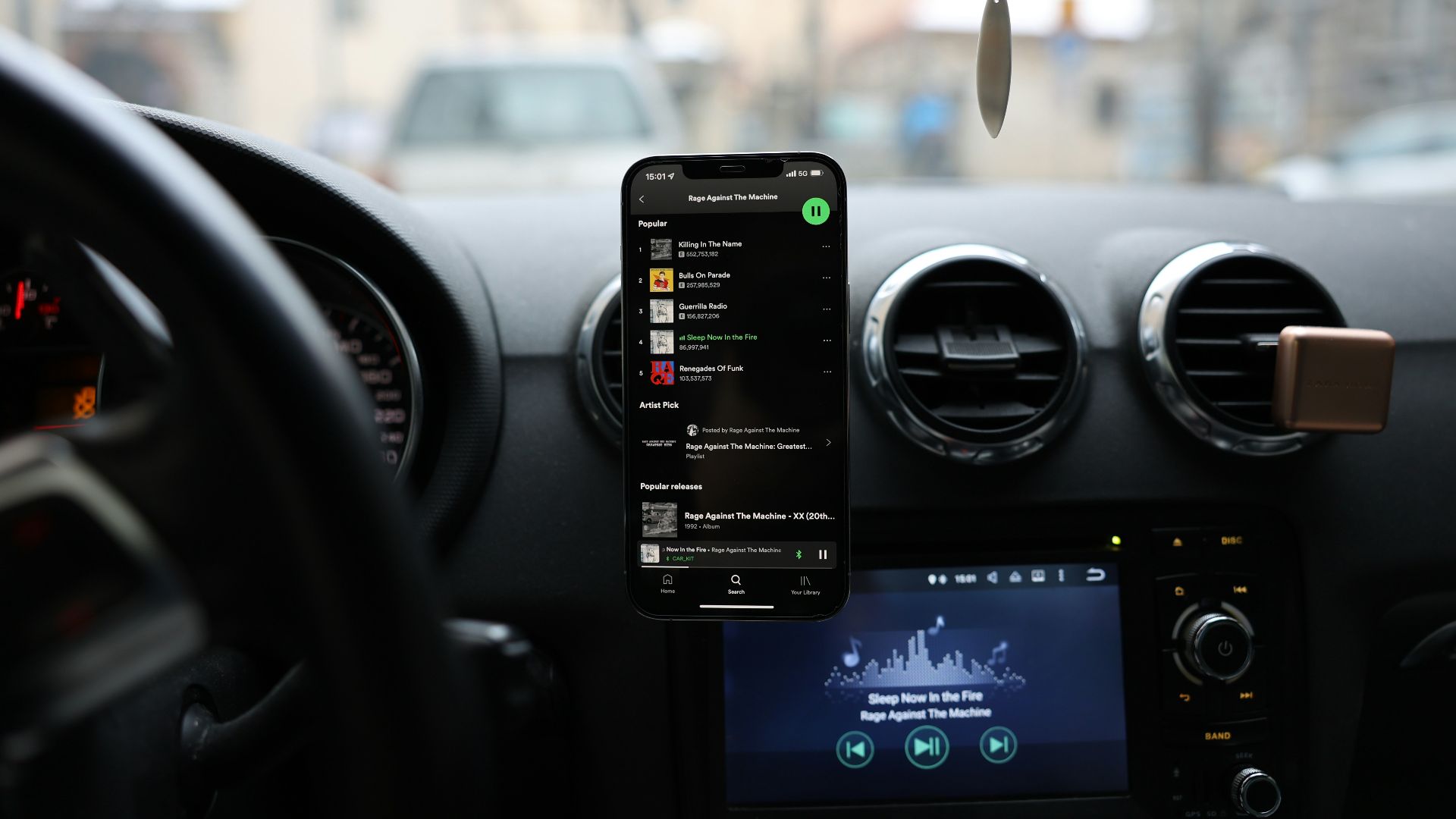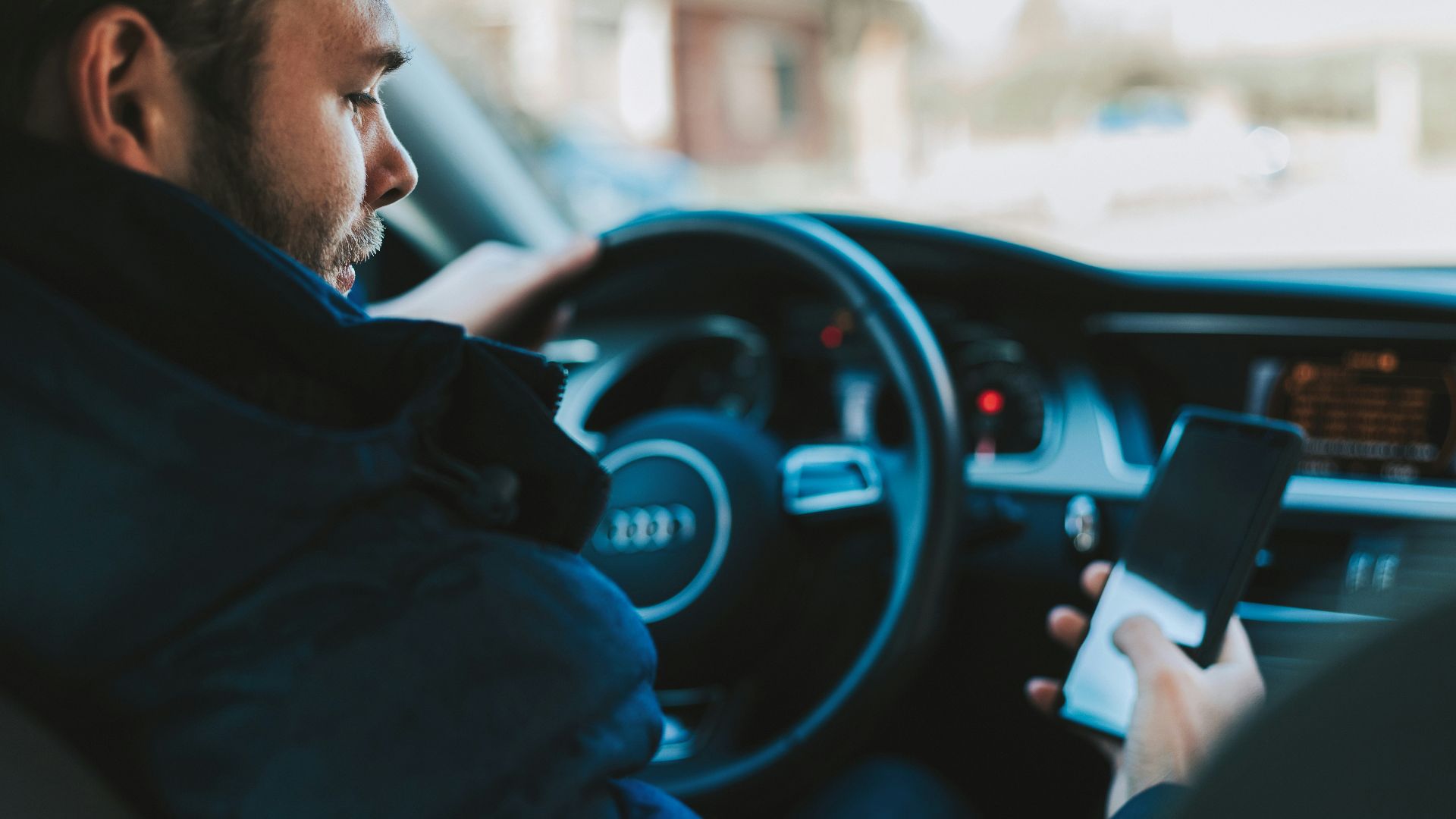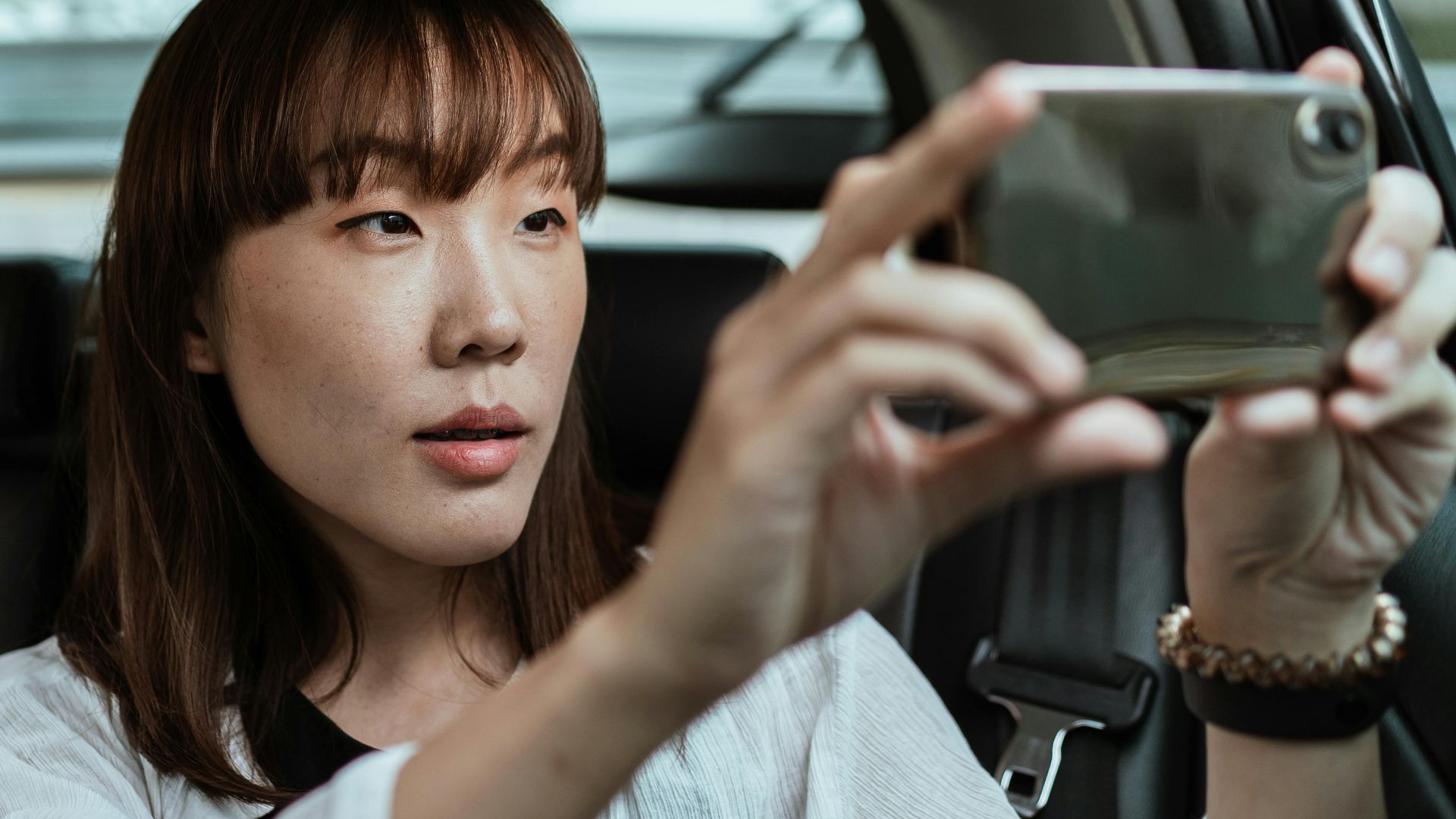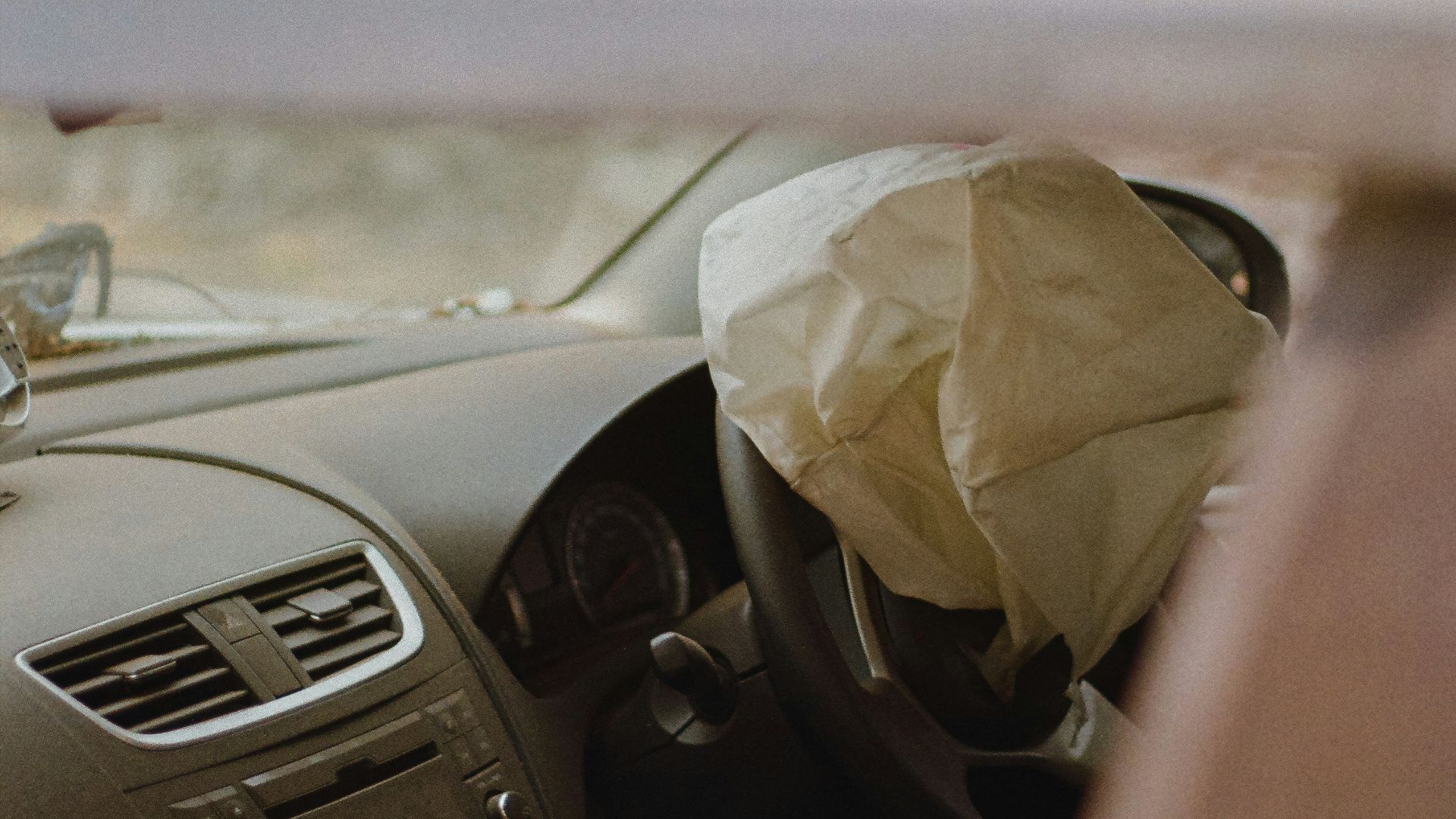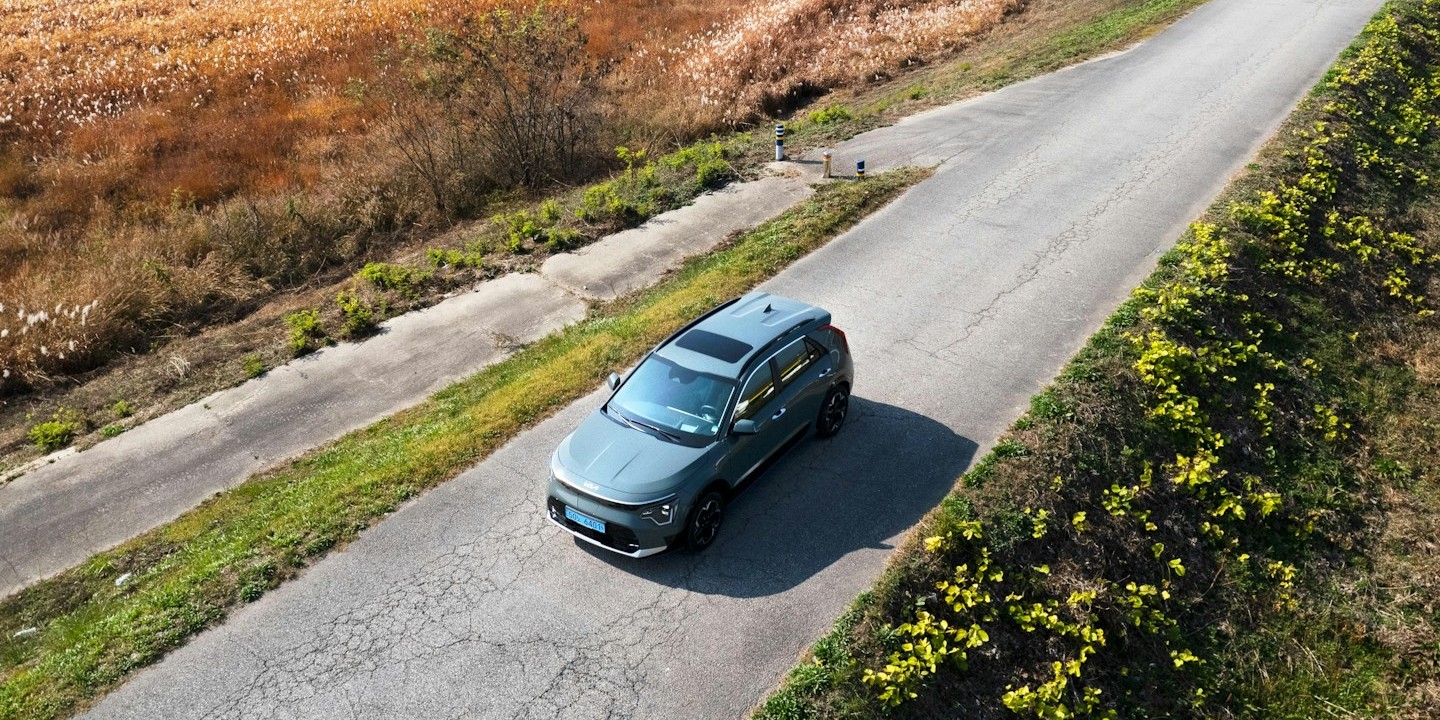The Double-Edged Sword of Smartphones on the Road
From GPS navigation to hands-free calling, smartphones may have made it easier than ever to find routes and stay connected on the road, but there are plenty of ways they can be dangerously distracting as well. Even if you think your brain can handle multitasking between driving and scrolling, think again; all it takes is one quick glance at a text or notification for your attention to slip, and for accidents to happen. So, where do you draw the line? Here are 10 ways smartphones might make driving safer—and 10 ways they can put you at risk.
1. GPS Navigation
Unless your car already has built-in navigation, having a smartphone that can double as a GPS is great for people who often drive outside their familiar zone. Plus, GPS apps on smartphones are often more reliable in predicting travel time or finding different routes to a destination.
2. Hands-Free Calling
Your eyes and attention should always be solely on the road in front of you, but if you need to make a call that can't wait, smartphones allow hands-free dialing and calling. Whether your device is connected to your vehicle via Bluetooth or you make use of voice commands, it's easy to contact someone without ever taking your hands off the wheel.
3. Weather & Traffic Alerts
More than just being a reliable GPS, smartphones can also give up-to-date weather and traffic alerts, which allow you to plan a safer route home. Otherwise, you may be able to tune into local radio stations, but they might not give as updated or reliable enough information.
4. Crash Detection
Some smartphones can also detect crashes or accidents on the road, which automatically contact emergency services if you're unresponsive. This SOS feature doesn't just help make driving safer, but might just save your life.
5. Location Sharing
If you're driving to somewhere remote and want your family members and friends to keep track of your whereabouts, sharing your location on your smartphone allows them to stay updated. This is also helpful for when you're driving home late at night.
6. Lock Your Car with a Digital Car Key
Forgot to lock your car? If you have a digital car key, you can use the manufacturer's app on your smartphone to secure your vehicle. This way, you won't need to worry about potential thieves breaking into your car, and you won't have to keep physical keys with you all the time.
7. Bluetooth Connectivity
We've already mentioned hands-free calling, but Bluetooth connectivity allows you to do much more than that. With your apps integrated to your car's dashboard, you'll be able to control music, calls, and navigation more easily, reducing the temptation to fiddle with your smartphone.
8. Personalize Your Ride
Sure, you can always listen to the radio to keep your spirits up on long drives, but with a smartphone, you can personalize the ride to make the trip less dull and agonizing. With your apps and music connected to your vehicle, you can jam to your favorite playlist or listen to a podcast during bouts of traffic.
9. Parking Assistance
With your smartphone, you can also download apps that offer parking assistance, which can tell you how many spaces are available in a specific location before you've even arrived. Some manufacturer apps may also include remote parking, meaning your car can park itself into a bay.
10. Dashcams
While you might want to invest in an actual dashcam for your car, your smartphone can act as one in a pinch when you need it. This will help in cases where you may need to record important footage that can serve as crucial evidence in the event of an accident.
Yet, even though smartphones might be able to make driving easier, there are still plenty of ways they can make driving dangerous. Here are 10 reasons why you might not want to keep your device with you when you're behind the wheel.
1. Texting
By far the number one reason why smartphones make driving so dangerous is that they tempt you to text. But even if you're sending a message as short as "I'm on my way," the action of typing it out still takes your attention off the road, which can put you, your passengers, and other road users at risk.
2. Social Media
During red lights, you might be tempted to scroll through social media with your smartphone in front of you. In fact, the way it's so conveniently placed makes it hard not to fiddle around with it. But it's never just one post or one TikTok, and soon your focus is completely pulled away from driving.
3. Constant Notifications
Even if you keep your hands off your phone, your eyes may still stray to it. If there's constantly a barrage of notifications—social media posts, news updates, text messages, missed calls, deliveries—your attention may divert every time your screen lights up.
4. GPS Overreliance
Using your smartphone as a GPS is great for when you're driving to remote areas or along unfamiliar routes, but over time, you can become too dependent on these navigational systems. Not only might this hurt your directional sense further, but it may also cause you to stare just a few seconds too long at your phone than you need to.
5. Music or General Browsing
It's not just your GPS that will make you stare at your phone a tad too long, but with your device positioned in front of you, you might be tempted to browse through your playlist to search for a particular song or scroll through your messages or contact list. Even if you think it'll only take a second, that's still one second where your attention isn't on the road.
6. Encourage Inattention
In general, having your smartphone in front of you while driving encourages inattention. But it's not just because of the screen—putting on podcasts or audiobooks may also cause mental distraction. Unless you're stuck in traffic, it's best to leave these longer conversational audios for when you get home.
7. Taking Photos or Videos
Driving through a scenic road or during golden hour might make you want to snap some shots of it to keep in your gallery. But taking photos or videos while driving is extremely dangerous. If you have a passenger, ask them to do it for you; if you're driving alone, pull over to somewhere safe before using your phone.
8. May Block Your Airbag
Depending on where you place your phone mount, you may inadvertently place it near where your airbag deploys in case of an accident. If you do, your device—and the mount itself—may get thrown into your face. Never place your car mount on your steering wheel or near where an airbag is stored.
9. Unstable Phone Mounts
Car mounts for smartphones can also be dangerous if they're unstable. Depending on how they're attached to your car or how your phone tacks onto it, if they come loose while driving, it can pull your attention away from the road. Make sure to invest in a reliable and stable mount.
10. Encourages Multitasking
Having your smartphone mounted in front of you encourages multitasking, something our brains cannot do. While you might think that you'll be able to do both tasks—driving and scrolling on your phone—at once, the best your brain can do is switch between them, meaning it never gives full attention to either one. This can be incredibly dangerous when you're behind the wheel.


